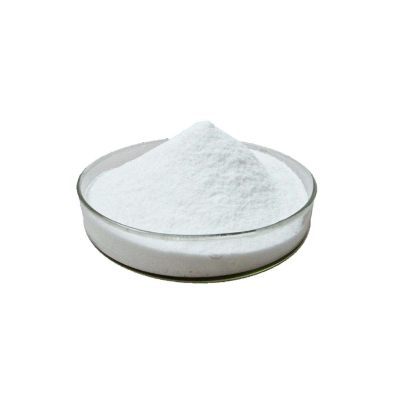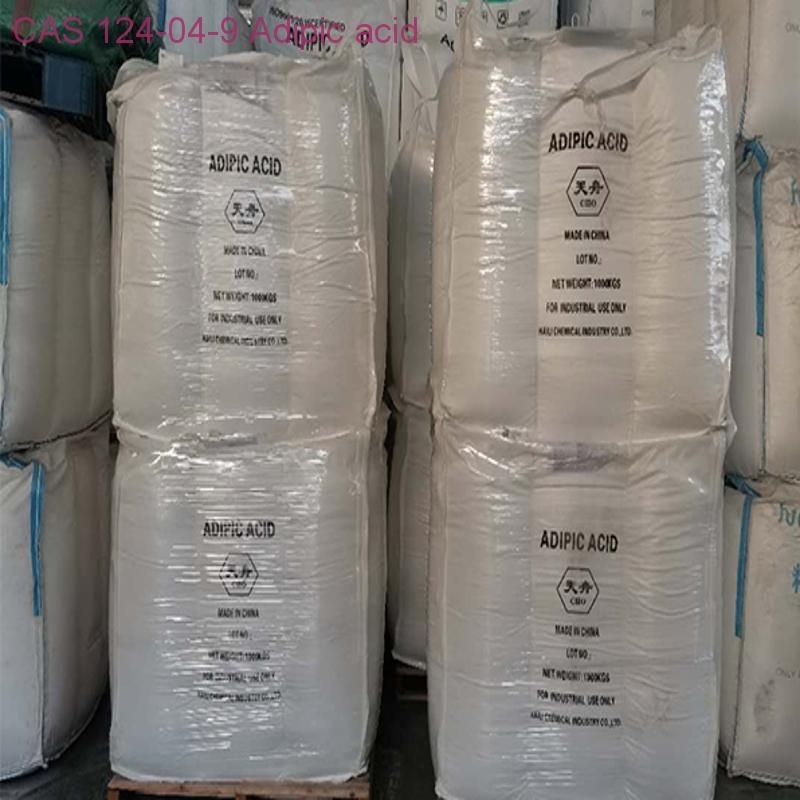-
Categories
-
Pharmaceutical Intermediates
-
Active Pharmaceutical Ingredients
-
Food Additives
- Industrial Coatings
- Agrochemicals
- Dyes and Pigments
- Surfactant
- Flavors and Fragrances
- Chemical Reagents
- Catalyst and Auxiliary
- Natural Products
- Inorganic Chemistry
-
Organic Chemistry
-
Biochemical Engineering
- Analytical Chemistry
-
Cosmetic Ingredient
- Water Treatment Chemical
-
Pharmaceutical Intermediates
Promotion
ECHEMI Mall
Wholesale
Weekly Price
Exhibition
News
-
Trade Service
Osteoarticular degeneration is a common manifestation of decreased physical function, mainly manifested as joint swelling and pain and varying degrees of dysfunction, leading to loss
of function in severe cases.
Relevant surveys show that osteoarthritis has become a common joint disease, and more than half of people over 60 years old in China suffer from the disease
.
Bone and joint degeneration caused by improper exercise in young people is becoming more and more common, and bone and joint degeneration has shown a trend
of younger age.
Health food with regulating body functions has great market prospects in increasing bone density, reducing joint pain, delaying osteoporosis, etc.
, and is favored by middle-aged and elderly people
.
As an important component of proteoglycans in the human articular cartilage matrix and synovial fluid of joints, exogenous supplementation of glucosamine can promote the synthesis of collagen polysaccharides in joint cartilage, stimulate chondrocytes regeneration, improve the metabolism of joint cartilage, and protect bone joints
.
Source of glucosamine
Glucosamine is a natural amino monosaccharide, which is necessary for the synthesis of proteoglycans in the human articular cartilage matrix, which is formed by a hydroxyl group of glucose replaced by amino groups, which is easily soluble in water and hydrophilic solvents
.
Usually present in microorganisms, polysaccharides of animal origin and conjugated polysaccharides in the form of N-acetyl derivatives or as N-sulfate esters and N-acetyl-3-O-lactate
ethers.
Glucosamine is widely found in fungal cell walls and exoskeletons of shrimp and crabs, and is a component
of chitin and chitosan.
Glucosamine
is also widely present in bacteria, yeast, fungi, plants and animals in nature.
Glucosamine is also the main component of glycoproteins and proteoglycans, which are abundant in the articular cartilage tissue and eye lenses of humans and animals, and are important nutrients for the formation of chondrocytes, which are synthesized by glucosamineated endogenous biosynthesis
in animals and humans.
Glucosamine participates in the metabolism of sugar in the body, widely exists in the body, can participate in the construction of human tissues and cell membranes, is an intermediate substance in the synthesis of proteoglycan macromolecules, can synthesize mucopolysaccharides, glycoproteins and proteoglycans, and combines with other substances such as galactose, glucuronic acid and other substances to form hyaluronic acid and other important products with body biological activity, participating in the protective effect
of the body.
Glucosamine is an important nutrient for the formation of human chondrocytes and synovial fluid molecular intermediates, the basic substance for the synthesis of aminoglycans, and the natural tissue component
of healthy joint cartilage.
With age, the body's ability to synthesize glucosamine itself becomes lower and lower, and the lack of glucosamine in the body becomes more and more serious, resulting in continuous degradation and wear
of joint cartilage.
Medical studies have shown that proper supplementation of glucosamine can promote cartilage synthesis, inhibit the breakdown of articular cartilage, and stimulate the growth
of chondrocytes.
Production enterprises layout tracks
The increase in population and the improvement of consumers' health awareness have driven the rapid development
of the global health industry.
Major global nutrition companies have increased the expansion of bone and joint nutrition and health food categories using glucosamine as raw materials, injecting impetus
into the growth of glucosamine industry.
In recent years, many companies in China have begun to produce glucosamine health foods, and glucosamine health foods have been listed
in Xiamen, Dalian, Qingdao, Guangzhou and Beijing.
Relevant data show that the market size of the national ammonia sugar industry (API with capsules) maintains an annual growth
of about 20%.
It is estimated that in 2027, the global bone and joint supplement market will reach 14.
7 billion US dollars, and China's bone and joint supplement market will reach 3.
1 billion US dollars.
The trend of aging global population structure is gradually obvious, and the proportion of diabetic patients and obese people has increased, the number of patients with bone diseases has gradually increased, the market demand for glucosamine health food is increasing, and the increasing market demand will provide favorable conditions
for the development of glucosamine raw materials and health food manufacturers.
Many head health food manufacturers have been deployed, and the ammonia sugar market has shown a fierce competition situation, and the market potential is greater
.
In the registration of health food, the principle of one product and one standard is adopted for the review and approval
of glucosamine health food.
Relevant data show that there are currently 298 registered products containing glucosamine hydrochloride and glucosamine sulfate, including 243 products containing glucosamine hydrochloride and 55 products containing glucosamine sulfate, all of which are compound products, mainly involving health care functions
such as increasing bone density and enhancing immunity.
Promote the increase of market concentration in many aspects
Glucosamine products are among the best
in the sales section of nutrition and health food of major e-commerce.
At present, domestic production is mainly in the traditional way, obtained by hydrolysis of chitinic acid extracted from crab shells and shrimp shells, mainly through concentrated hydrochloric acid to decompose the polymer to form glucosamine
.
With the increasing elderly population in China's society, the demand for glucosamine continues to increase, and the output extracted by hydrolysis will be limited
by changes in the supply of raw materials.
In addition, products derived from shellfish will have a certain fishy smell, and shellfish high protein is not suitable for people with allergic symptoms, and the traditional process of producing glucosamine can no longer meet people's needs
.
Microbial production methods have attracted increasing attention because of their advantages, and great progress
has been made.
Although great breakthroughs have been made in the production of glucosamine produced by fermentation of recombinant Escherichia coli, the gram-positive bacterium Bacillus subtilis, as a safer host bacteria, is expected to replace E.
coli as a high-yield engineering bacterium
for glucosamine.
Based on more advantages in safety, it is expected to be applied
on a large scale in food and medicine.
Although the market demand for glucosamine health food continues to be released, the problems restricting the development of China's glucosamine market still need to be solved, and industry insiders suggest strengthening research institutions and manufacturers to form a strategic alliance; To strengthen market research and project evaluation before project establishment, relevant departments must strengthen the investigation and statistical work on the domestic and foreign market demand, supply capacity, technical level, research and development trends of this emerging industry, and establish a more complete database; At present, more than 40 clinical pharmacology experimental bases and several bioengineering pilot bases have been established in China, but this is far from meeting the current needs of industrialization; To strengthen the training and introduction of talents, the distinctive feature of the knowledge economy lies in the large demand for specialized and high-quality talents, and glucosamine as a typical high-tech knowledge-based industry is also the same
.
Industry insiders said that China, as the world's largest ammonia sugar production and export country, has a large number of domestic ammonia sugar production enterprises, and with the upgrading of supervision and market demand, the survival of the fittest will accelerate
.
In the future, the concentration of the ammonia sugar market will gradually increase, and raw material enterprises need to make further efforts in ammonia sugar production technology and continue to tackle tough problems
.
(Zhu Meiqiao comprehensive arrangement)
China Food News(November 16, 2022, Version 06)
(Responsible editor: Zhu Meiqiao)







